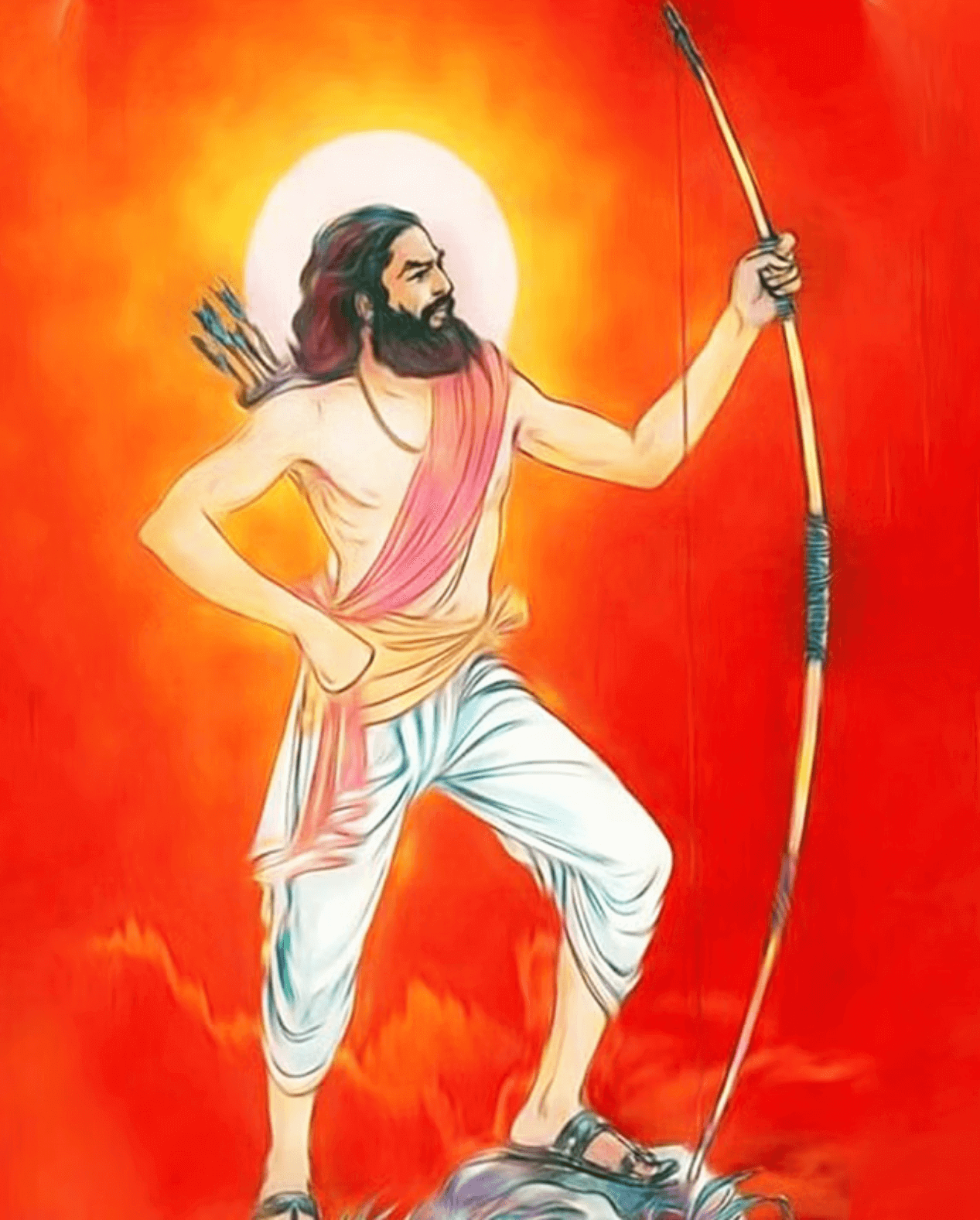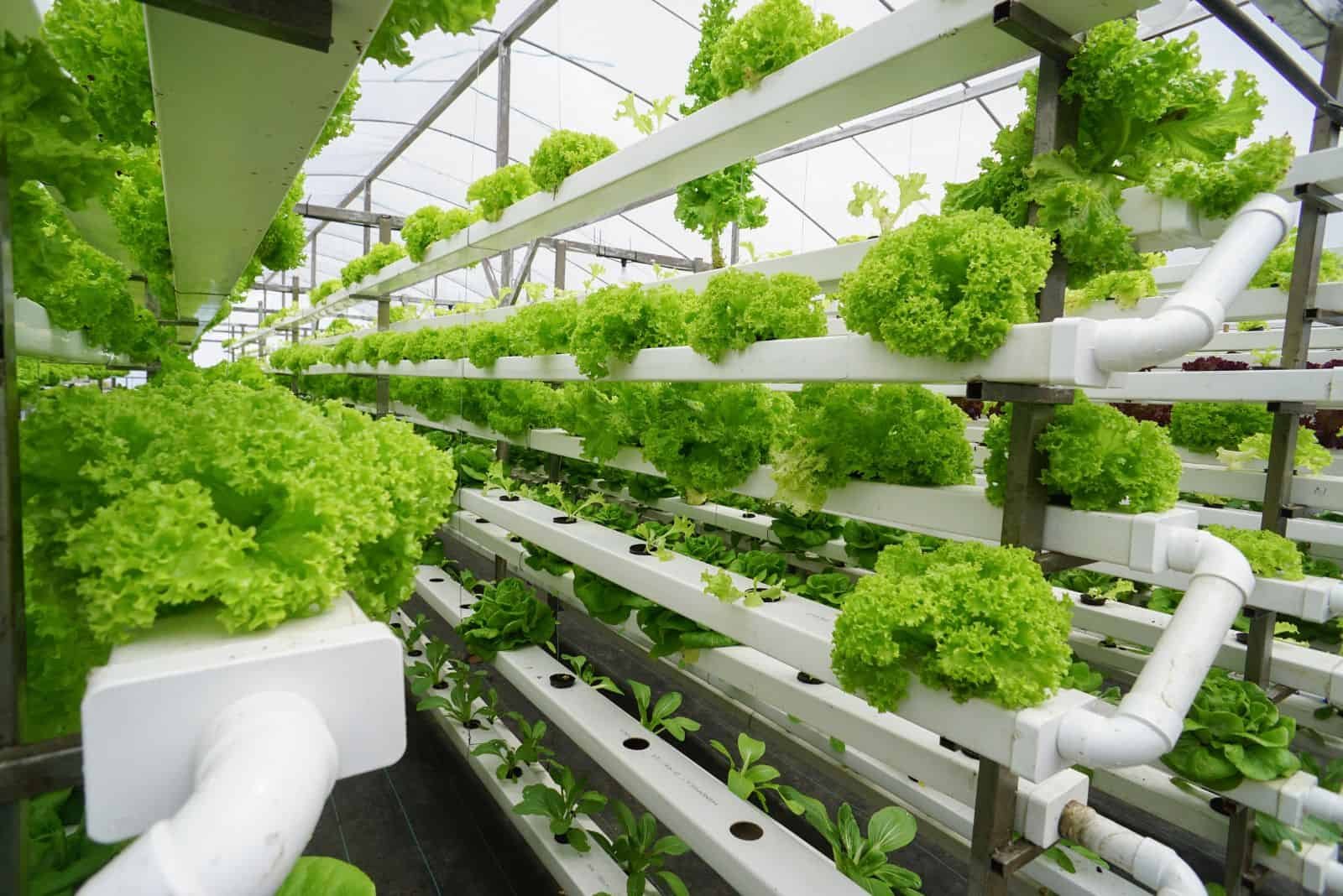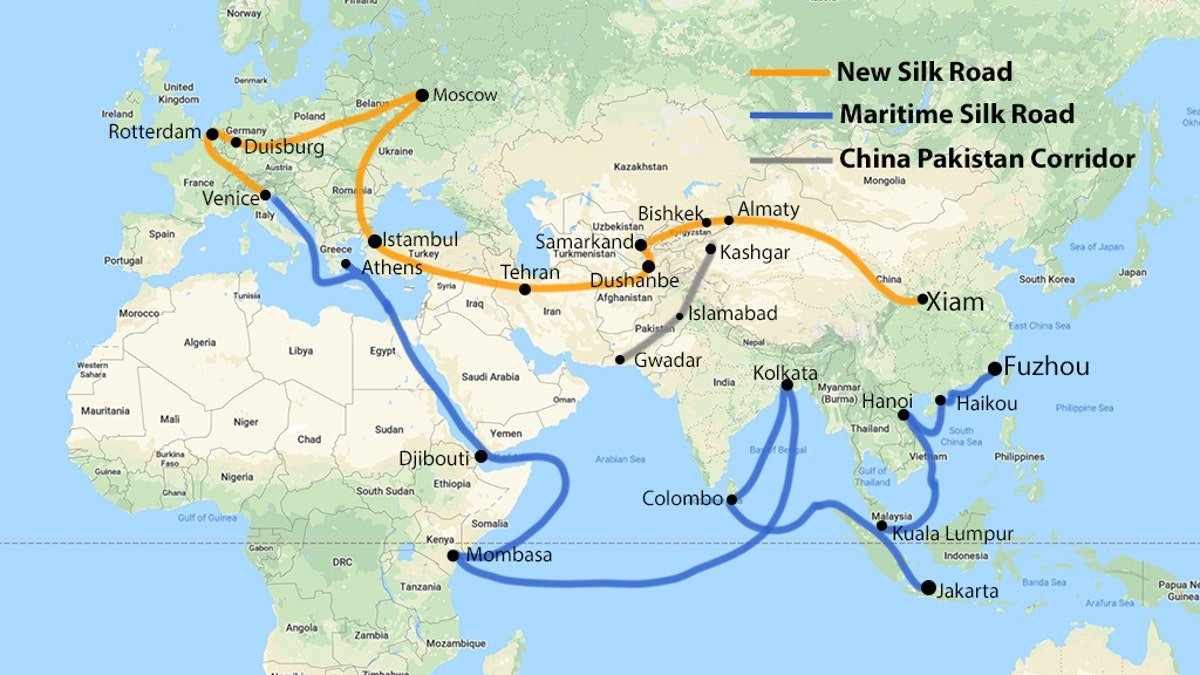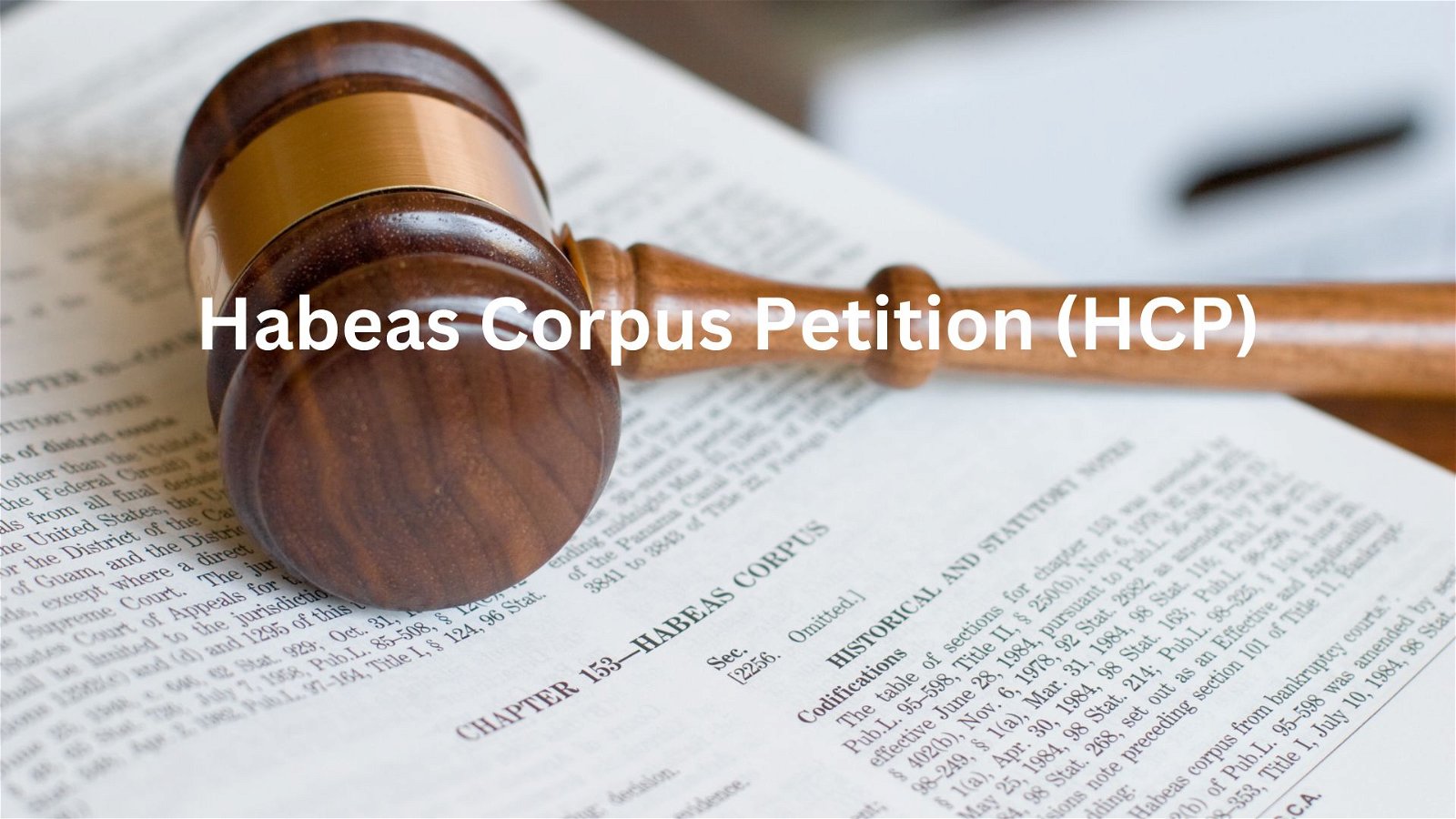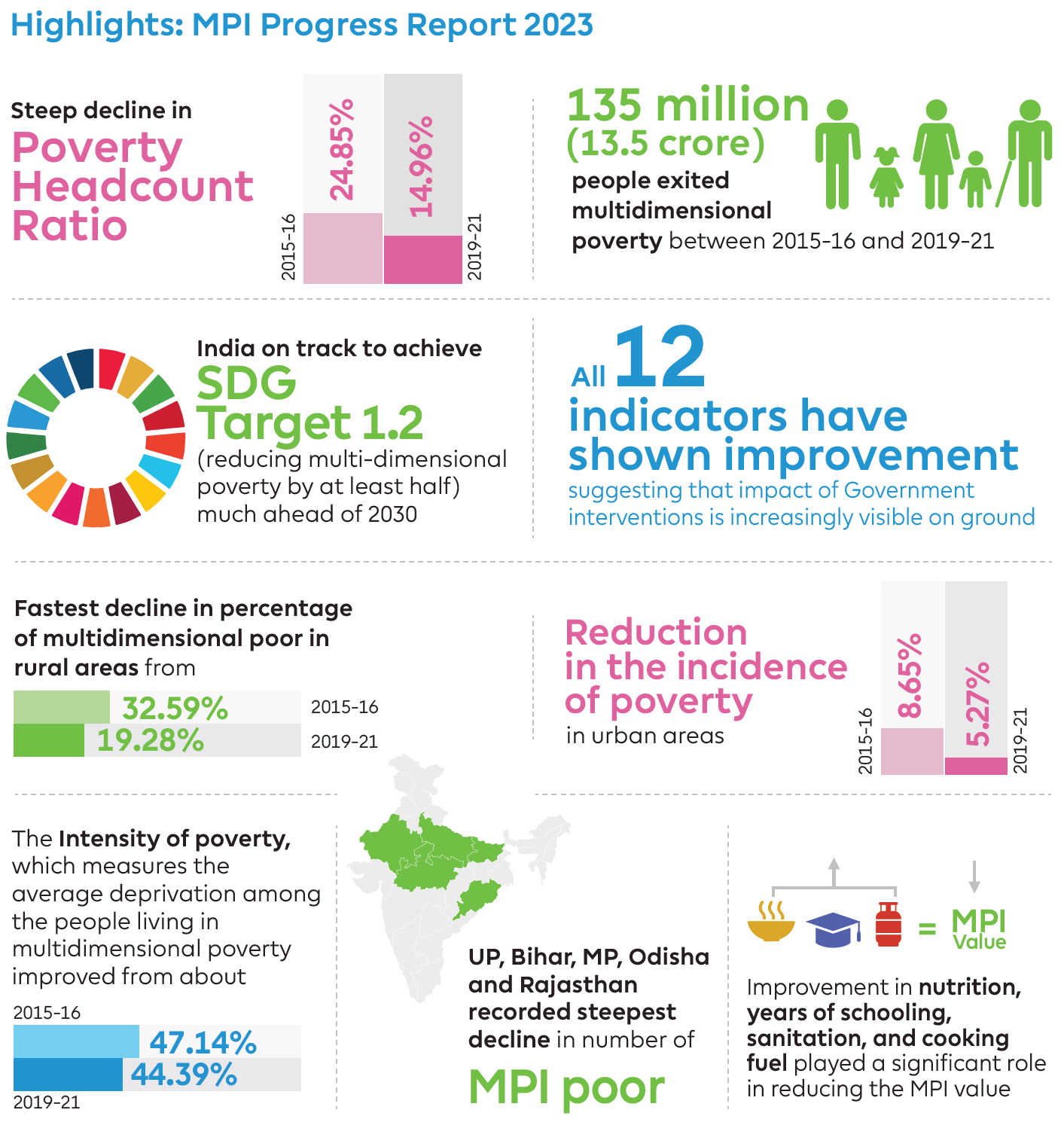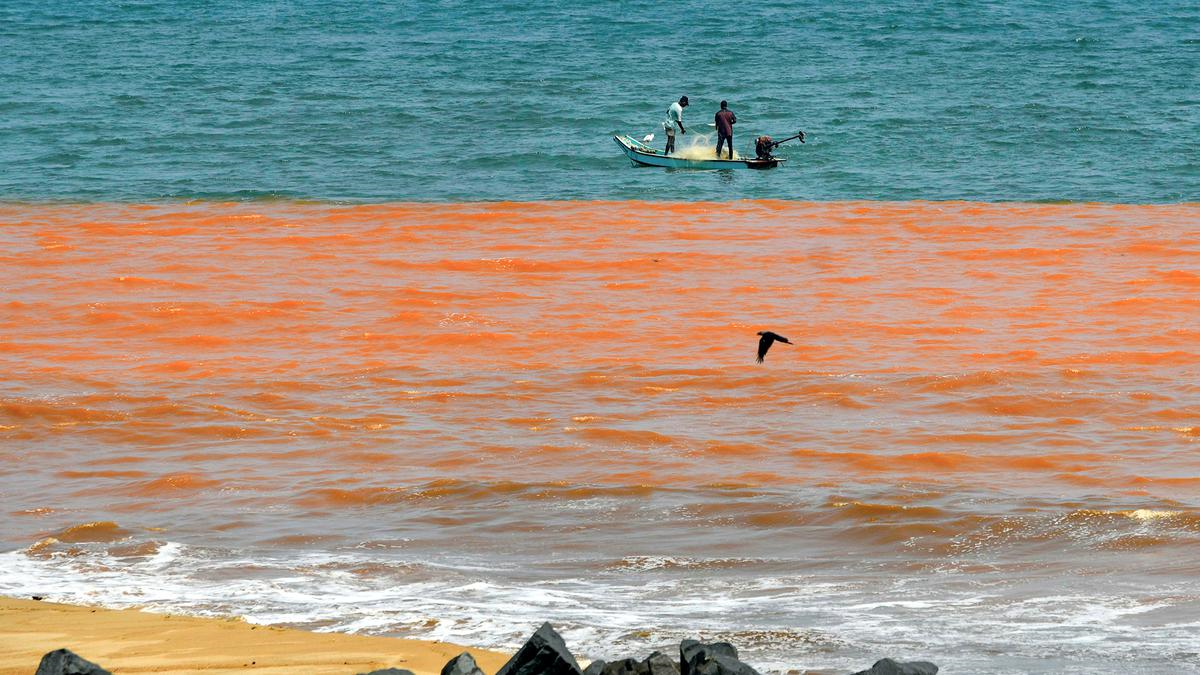
Current Affairs for UPSC Civil Services Exam – April 11, 2024
Subscribers of "Current Affairs" course can Download Daily Current Affairs in PDF/DOC
Subscribe to Never Miss an Important Update! Assured Discounts on New Products!
Must Join PMF IAS Telegram Channel & PMF IAS History Telegram Channel
{GS2 – Polity – Elections} Anonymous Political Posters not allowed
- Context (TH): The Election Commission (EC) has sought the disclosure of the names of publishers and printers of anonymous hoardings for traceability and accountability.
- EC directed Chief Secretaries of all States and UTs to ensure clear identification of printers and publishers on printed election-related material.
Significance of the order
- Disclosure of identity of publishers is crucial for “regulating campaign financing and fixing of responsibility in case the content violates the Model Code of Conduct or the statutory provisions.
- RPA, 1951, prohibits the printing or publishing of election pamphlets, posters, placards, or banners without prominently displaying the name and address of the printer and publisher.
- The printing and publication of election pamphlets, posters, etc., is governed by the provisions of Section 127A of the RPA, 1951.
{GS2 – MoA – Initiatives} CDP-SURAKSHA
- The GOI has devised a new platform for disbursing subsidies to horticulture farmers under the Cluster Development Programme (CDP), an initiative to promote horticulture crops.
Features of CDP-SURAKSHA
- The CDP-SURAKSHA is essentially a digital platform.
- SURAKSHA stands for “System for Unified Resource Allocation, Knowledge, and Secure Horticulture Assistance.”
- The platform will allow farmers to receive subsidies instantly in their bank accounts by utilising the e-RUPI voucher from the National Payments Corporation of India (NPCI).
- The platform allows access to farmers, vendors, implementing agencies (IA), cluster development agencies (CDAs), and officials of the National Horticulture Board (NHB).
- The CDP-SURAKSHA has features such as
- Database integration with PM-KISAN,
- Cloud-based server space from NIC,
- UIDAI validation,
- eRUPI integration,
- Local government directory (LGD),
- Content management system,
- Geotagging and geo-fencing.
National Payments Corporation of India (NPCI)
Services Offered by NPCI
|
Significance of the CDP-SURAKSHA
- The move seeks to push the growth of India’s horticulture sector, which contributes nearly one-third to the agriculture gross value addition (GVA).
- The total production of horticulture crops in India has spiked from 240.53 million tonnes (in 2010-11) to 334.60 million tonnes in 2020-21.
Horticulture Cluster Development Programme
- It is a central sector programme aimed at growing and developing identified horticulture clusters to make them globally competitive.
- Horticulture cluster is a regional/geographical concentration of targeted horticulture crops.
- It recognizes the importance of developing horticulture clusters across the country to assist farmers with small holdings through the formation of Farmer Producer Organizations (FPOs).
Implementation
- It is implemented (Nodal Agency) by the National Horticulture Board (NHB) of the Ministry of Agriculture and Farmers’ Welfare.
- The states of Arunachal Pradesh, Assam, West Bengal, Manipur, Mizoram, Jharkhand, Uttarakhand, etc. will also be included in the list of 55 clusters, identified with their focus/main crops.
- Earlier, in the pilot phase, it was implemented in 12 clusters covering 11 States/UTs.
- These clusters will be implemented by Cluster Development Agencies (CDAs), which are appointed based on the recommendations of the respective State/UT Government.
- A government or public sector entity, recommended by the state/central government, will be appointed as a Cluster Development Agency (CDA)
Objectives
- The CDP aims to improve exports of targeted crops by about 20% and create cluster-specific brands to enhance the competitiveness of cluster crops.
- To enhance competitiveness in the domestic and export markets in an integrated manner.
- To facilitate the introduction of innovative technologies and practices to help enhance the global competitiveness of focus cluster crops.
- Address all major issues related to the Indian horticulture sector, including pre-production, production, post-harvest management, logistics, marketing, and branding.
- Reduce harvest and post-harvest losses by developing, expanding, and upgrading the infrastructure for post-harvest handling of produce, value addition, and market linkages.
- To leverage geographical specialisation and promote integrated and market-led development of horticulture clusters.
- To converge with other government initiatives such as the Agriculture Infrastructure Fund.
- To build the capacity of stakeholders and enhance farmers’ income through cluster-specific interventions, including brand promotion.
Significance
- The CDP has great potential to transform the entire horticulture ecosystem by creating last-mile connectivity through the use of multimodal transport for efficient and timely evacuation and transportation of horticulture produce.
- It also will attract an estimated investment of INR 10,000 crore when implemented in all the 55 clusters.
Status of Indian Horticulture Sector
- India is the second-largest producer of horticulture crops globally, accounting for approximately 12% of the world’s production of fruits and vegetables.
- The area under horticulture crops increased to 25.5 million hectare in 2018-19, which is 20% of the total area under foodgrain, and produced 314 million tonnes.
- During 2019-20, horticulture sector has reached the highest ever horticulture production of 320.77 Million MT in the history of Indian horticulture.
- Top states in fruit production are Andhra Pradesh, Maharashtra and Uttar Pradesh
- Top states in Vegetable production are West Bengal, Uttar Pradesh and Madhya Pradesh.
- India leads the market in fruits, including mango, pomegranate, sapota, banana, acid lime, and aonla.
Initiatives for Horticulture
Mission for Integrated Development of Horticulture
- MIDH is a Centrally Sponsored Scheme for the holistic growth of the horticulture sector covering fruits, vegetables and other areas.
- Under MIDH, the GOI contributes 60% of the total outlay for developmental programmes in all the states (except North Eastern and Himalayan states, where the GOI contributes 90%), and state governments contribute 40%.
- It has five major schemes for horticulture:
- National Horticulture Mission (NHM)
- Horticulture Mission for North East and Himalayan States (HMNEH)
- National Horticulture Board (NHB)
- Coconut Development Board (CDB) &
- Central Institute of Horticulture (CIH), Nagaland
Project CHAMAN
- It stands for Coordinated Horticulture Assessment and Management using geo-informatics.
- It aims to make use of Geo-informatics to help the farmers and assist the horticulture segment of Indian agriculture.
{GS2 – IR – Africa} Defence Attache (DA) in Africa
- Context (HT): The move to post defence attachés for the first time to the Philippines and Armenia follows the Indian side’s sales of weapons systems to both countries.
- India will also post defence attachés for the first time to Poland.
- After a gap of several decades, India will also post a defence attaché in Ethiopia.
- A new military attaché is also being posted to Djibouti.
- Earlier in 2022, the Philippines signed a deal worth almost $375 million with India to acquire three batteries of the BrahMos cruise missile.
- Also, in 2022, Armenia became the first foreign customer for India’s indigenously developed Pinaka rocket launcher.
Pinaka rocket launcher
|
Defence Attache (DA)
- Armed force member representing his/her country’s defence establishment in the embassy.
- Enjoys diplomatic status and immunity.
- Indicative of military and foreign engagements: For example, India had seven officers posted to its mission in Moscow, indicative of its military-technical exchange and bilateral engagement.
Recent rationalisation of Defence Attache
- Recently, DA posts were rationalised to enhance defence exports & engagement.
- Officers in Russia were cut from 10 to seven, in France from three to two & UK from three to one.
- First-time DAs in Spain, Djibouti, the Philippines, Tanzania, and Poland are posted from these rationalised officers.
Need for reforming the role of DAs
- Piecemeal approach: DA is not integrated into diplomacy; it is limited to just defence procurements.
- Demand for more DAs: India has only 64 DAs, grossly inadequate for the expanding arc of its interests and engagements. China has over 110, the UK has around 145, and the US has even more.
- Functional enhancements: Military attachés should be assigned equally critical functions, such as influencing and interacting with host country, gathering intelligence, and projecting perspectives.
- Separate military stream: The military posts career officers, preventing in-depth knowledge and continuing regional expertise. This needs a dedicated separate stream, like US foreign area officers.
To know more about India-Africa relations, visit > Africa.
{GS2 – IR – US-China} Recent US-China engagements
Recent Engagements of US-China
- Responsible competition strategy: Recently, the US President described its China strategy as preventing vigorous competition with China from becoming a dangerous conflict.
- High-level communication: It has grown from Bali (2022) on the margins of the G20 summit to the recent Chinese visit of the US Treasury Secretary.
- San Francisco visit 2023: Chinese President Xi announced the intent to stabilise the bilateral relationship, open up military contacts and initiate talks on regulating artificial intelligence & counter-narcotics.
Divergence in Sino-US relations
Japan
- State visit of Japanese Prime Minister: US is hosting the Japanese Prime Minister on a state visit.
- Role in Indo-Pacific strategy: Japan has promised to develop new capabilities to deter China, North Korea, and Russia.
- AUKUS initiative: The US wants Tokyo to become a part of the AUKUS initiative.
- Chip Four alliance: The US initiated this alliance of Taiwan, South Korea, Japan, and the United States, the world’s major producers of semiconductors.
South China Sea dispute
- The US is expected to offer strong support to the Philippines in the South China Sea dispute at the upcoming trilateral summit with Japan and the Philippines.
Asian security network
- The aim is to build a web of Asian security networks that pool the region’s military resources, enhance deterrence and ensure peace.
- The US, for example, is asking Japan to expand its security assistance to countries in the Indo-Pacific, including the Philippines.
- It has nudged South Korea to expand advanced technology cooperation with India.
Russia
- Russia and China have agreed to discuss ways to deepen security cooperation across Europe and Asia to counter the United States’s attempts.
To know more, visit > US-China Relations.
{GS3 – Envi – Conservation} Carbon dioxide conversion to alternate fuels
- Context (DTE): Zimbabwean scientist turns carbon dioxide into other fuels to minimise emissions.
- The primary objective of their research is to utilise carbon dioxide that emanates from the burning of fossil fuels to provide energy.
- It is focused on developing new materials capable of capturing and converting carbon dioxide from various points of emissions to produce energy materials such as formic acid and methanol.
Formic acid
- It is produced from carbon monoxide with an alcohol (such as methanol) in the presence of catalyst.
- It is naturally found in ants.
- It is a colourless, fuming liquid with a pungent odour.
- It is used in various chemical industries such as pharmaceutical, textiles & leather processing, food and chemical manufacturing.
Formic acid as fuel
- It is an excellent hydrogen carrier in fuel cells and highly exploitable for hydrogen energy storage.
- It has an energy content that is at least five times that of commercially available lithium-ion batteries.
Methanol
- Also known as wood alcohol, it has chemical and physical fuel properties similar to ethanol.
- Methanol appears as a colourless, reasonably volatile liquid with a faintly sweet, pungent odour.
- Completely mixes with water.
- It is used to remove water from automotive and aviation fuels, as a solvent for paints and plastics, and as an ingredient in a wide variety of products.
Methanol as fuel
- It can be blended with gasoline to improve air quality and used to make other clean-burning fuels.
- It can be easily integrated with the fuel distribution infrastructure.
- It has lower production costs and a lower risk of flammability compared to gasoline.
- It can be manufactured from a variety of domestic carbon-based feedstocks, such as biomass.
To know more about Alternative fuels, visit > Biofuels.
{GS3 – Envi – Issues} Climate Crisis and Right to Life
- Context (TOI I IE): Climate change impacts the constitutional guarantee of the right to life, the SC said in a recent judgment.
- SC has expanded the scope of Articles 14 and 21 to include the “right against the adverse effects of climate change”.
- The bench was hearing a plea to protect the Great Indian Bustard (GIB) and lesser floricans from losing their habitat due to power transmission lines.
The Great Indian Bustard
Protection Status
The GIB ‘arc’
|
S.C’s Observations
- Article 48A: The state shall endeavour to protect and improve the environment and to safeguard the forests and wildlife of the country.
- Clause (g) of Article 51A: It shall be the duty of every citizen of India to protect and improve the natural environment, including forests, lakes, rivers and wildlife, and to have compassion for living creatures.
- Although Art 48A and 51A are not justiciable provisions of the IC, they are indications that the IC recognises the importance of the natural world.
- The importance of the environment becomes a right in other parts of the IC.
- Articles 14 and 21 are essential sources of the right to a clean environment and the right against the adverse effects of climate change.
- Governmental policy rules and regulations are recognising the adverse effects of climate change and seeking to combat it.
- But there is no single or umbrella legislation in India relating to climate change and the attendant concerns.
- The right to life is not fully realised without a clean, stable environment that is unimpacted by climate change’s vagaries.
- The right to health (which is a part of the right part of the right to life under Article 21) is impacted by factors such as
- Air pollution,
- Shifts in vector-borne diseases,
- Rising temperatures,
- Droughts,
- Shortages in food supplies due to crop failure,
- Storms,
- Inability of underserved communities to adapt to climate change or cope with its effects.
- These violate the right to life (Article 21) as well as the right to equality (Article 14).
- If climate change and environmental degradation lead to acute food and water shortages in a particular area, poorer communities will suffer more than richer ones.
- Case Study: Court discussed the plight of tribals in the Andaman & Nicobar Islands, highlighting how their relationship with nature is intertwined with their cultural and religious practices.
Other Key points from the Judgement
- India aimed to achieve an installed renewable energy capacity (excluding large hydro) of 175 GW (Gigawatts) by 2022.
- The future goal is 450 GW installed capacity by 2030.
- The promotion of renewable energy plays a crucial role in promoting social equity for all segments of society, especially in rural and underserved areas.
- This contributes to poverty alleviation, enhances quality of life, and fosters inclusive growth and development across the nation.
- Rampant air pollution emphasises the need for cleaner energy sources like solar to combat pollution caused by fossil fuels.
- Declining groundwater levels and decreasing annual rainfall underscore the importance of diversifying energy sources.
- Solar power, unlike coal, does not strain groundwater supplies.
The United Nations Resolution, 2022-Healthy Environment as a Human Right
- The resolution declares access to a clean, healthy environment as a universal human right.
- India voted for the resolution.
- Russia and Iran abstained from voting.
- Only through conventions and treaties do state parties undertake obligations for such rights.
Provisions of the Resolution
- Every person on the planet has the right to live in a clean, healthy environment.
- Climate change and environmental degradation are the most critical threats in the future.
- Member states can unite in the collective fight against the triple planetary crisis of climate change, biodiversity loss and pollution.
- The declaration adopted by over 160 UN member nations, including India, is not legally binding.
Benefits
- It will help to reduce environmental injustices and protection gaps.
- It can empower people, especially those in vulnerable situations, including environmental human rights defenders, children, youth, women and indigenous people.
- This right (Access to Clean, Healthy Environment) was not included in the Universal Declaration of Human Rights, 1948.
Similar efforts to recognise Right against climate change as a Human Right
- In 2019, the UN Committee on the Elimination of Discrimination Against Women, Economic, Social and Cultural Rights, the Protection of the Rights of All Migrant Workers, the Rights of the Child, and the Rights of Persons with Disabilities jointly issued a statement in which they recognised that-
- State parties have obligations, including extra-territorial obligations, to respect, protect and fulfil all human rights of all peoples.
- Failure to take measures to prevent foreseeable human rights harm caused by climate change could constitute a violation of States’ human rights obligations.
- The UN High Commissioner for Human Rights emphasised that climate change directly and indirectly affects a broad spectrum of internationally guaranteed human rights.
- The 2015 United Nations Environment Programme report also outlined five human rights obligations related to climate change, including both mitigation and adaptation efforts.
- In 2017, the Inter-American Court of Human Rights issued an advisory opinion affirming the right to a healthy environment as a fundamental human right.
Recent Swiss Court Judgement
- The Swiss government had violated the human right to private and family life by failing to put in place sufficient domestic policies to tackle climate change.
- This includes failure to quantify, through a carbon budget or otherwise, national greenhouse gas emissions limitations.
- Swiss government also had failed to meet its past greenhouse gas emission reduction targets, by not putting in place measures to ensure the goals were achieved.
Article 21 of the Indian Constitution
- Article 21: Protection of Life and Personal Liberty
- No person shall be deprived of his life or personal liberty except procedure established by law.
- This fundamental right is available to every person, citizens, and foreigners alike.
- Article 21 provides two rights:
- Right to life
- Right to personal liberty
- The SC of India has described this right as the ‘heart of fundamental rights’.
- This implies that this right has been provided against the State only.
- State here includes not just the government but also government departments, local bodies, the legislatures, etc.
- The right to life is not just about the right to survive. It also entails being able to live a complete life of dignity and meaning.
List of rights that Article 21
- Right to privacy
- Right to go abroad
- Right to shelter
- Right against solitary confinement
- Right to social justice and economic empowerment
- Right against handcuffing
- Right against custodial death
- Right against delayed execution
- Doctors’ assistance
- Right against public hanging
- Protection of cultural heritage
- Right to pollution-free water and air
- Right of every child to a full development
- Right to health and medical aid
- Right to education
- Protection of under-trials
Article 14-Right to equality
- The State shall not deny any person equality before the law or equal protection of the laws within the territory of India.
- Article 14 rejects any discrimination based on caste, race, religion, place of birth or sex.
- This Article has a wide ambit and applicability to safeguard the rights of people residing in India.
{GS3 – SnT – Space} START programme
- Context (TOI): Gujarat Council on Science and Technology (GUJCOST) has been designated as the nodal centre for the “Space Science and Technology Awareness Training (START)” programme.
- START programme, a brainchild of ISRO, offers an introductory-level online training platform.
- This focuses on space science research areas, including planetary exploration, astronomy, heliophysics, atmospheric science, and microgravity research.
- This initiative promises to ignite the curiosity of aspiring scientists and engineers.
- GUJCOST will host live classes for knowledge dissemination for ISRO’s START programme.
Gujarat Council on Science and Technology (GUJCOST)
|
{Prelims – Sci – Chemistry} Per – and Polyfluorinated Substances (PFAS)
- Context(TG): US Environmental Protection Agency (EPA) has established legally binding drinking water standards for a group of highly dangerous Per- and Polyfluorinated Substances (PFAS).
- The EPA has set maximum contaminant levels (MCLs) for PFAS, which are the highest levels allowed in drinking water.
- The new limits for PFAS compounds include 4 parts per trillion (ppt) each for PFOA and PFOS, the lowest level detectable by water-testing technology.
- The EPA also set limits for other PFAS compounds, including PFNA, PfHxS, HFPO dimer acid (GenX), and PFBS, considering feasibility and treatment costs.
Per – and Polyfluorinated Substances (PFAS)
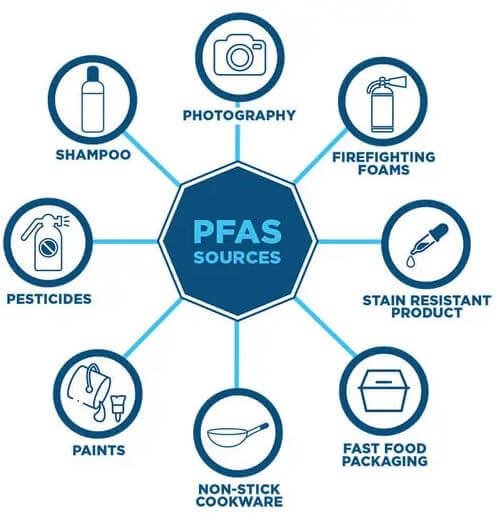
- PFAS, also known as “forever chemicals“.
- The PFAS are a group of chemicals used to make fluoropolymer coatings and products that resist heat, oil, stains, grease, and water.
- No level of exposure to the two chemicals (PFOA and PFOS) in drinking water is safe.
- Cause of concern because,
- Do not break down in the environment,
- Can move through soils and contaminate drinking water sources,
- Build up (bioaccumulate) in fish and wildlife.
- Pfas are found in rivers and lakes and in many types of animals on land and in the water.
- Effects on human health
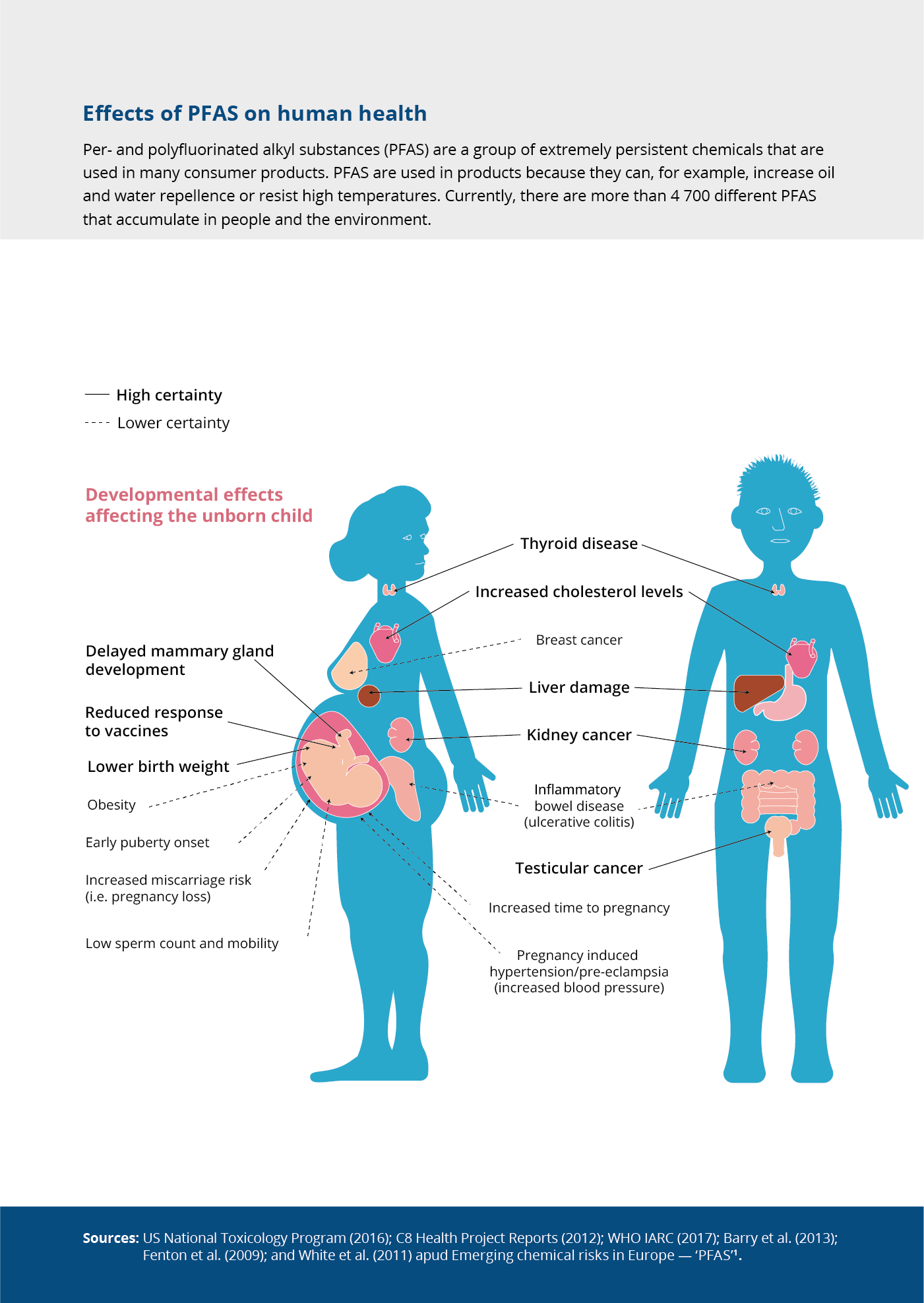
{Prelims – In News} Kush – The Zombie drug
- Context(WION): Drug addicts in Sierra Leone, West Africa, are consuming a psychoactive drug called ‘Zombie‘ made from partially decomposed human bones.
- The government of Sierra Leone has declared a state of national emergency to address this issue.
- Authorities are guarding cemeteries to prevent the practice of exhuming skeletons for the production of the ‘Zombie’ drug.
- The drug, also known as ‘kush‘.
The Zombie drug or kush
- The drug is mainly made up of ground-up human bone, which is then mixed with a chemical called Fentanyl, cannabis, and disinfectants.
- Nicknamed “the zombie drug” because of its characteristic effect of putting users into a zombie-like state. It causes people to fall asleep while walking, bang their heads, and to walk into moving traffic.
- As per a kush addict, the drug provides a “hypnotic high” that takes users out of reality for several hours.
- The drug is extremely cheap.
- Experts blamed the crisis on the country’s very high unemployment rate. Youth unemployment stands at 60%, one of the highest in West Africa.
- The menace is now spreading across the border as well. Guinea and Liberia, which border Sierra Leone, have also reported an increase in kush consumption.
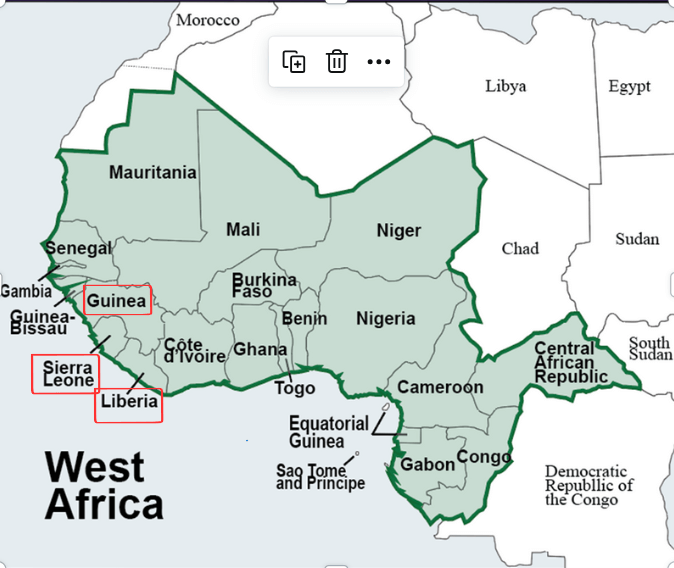
{Prelims – Envi – Species} Baobabs Tree
- Context(DTE): The Global Society for the Preservation of Baobabs and Mangroves (GSPBM) has launched an effort to rejuvenate the iconic baobab trees.
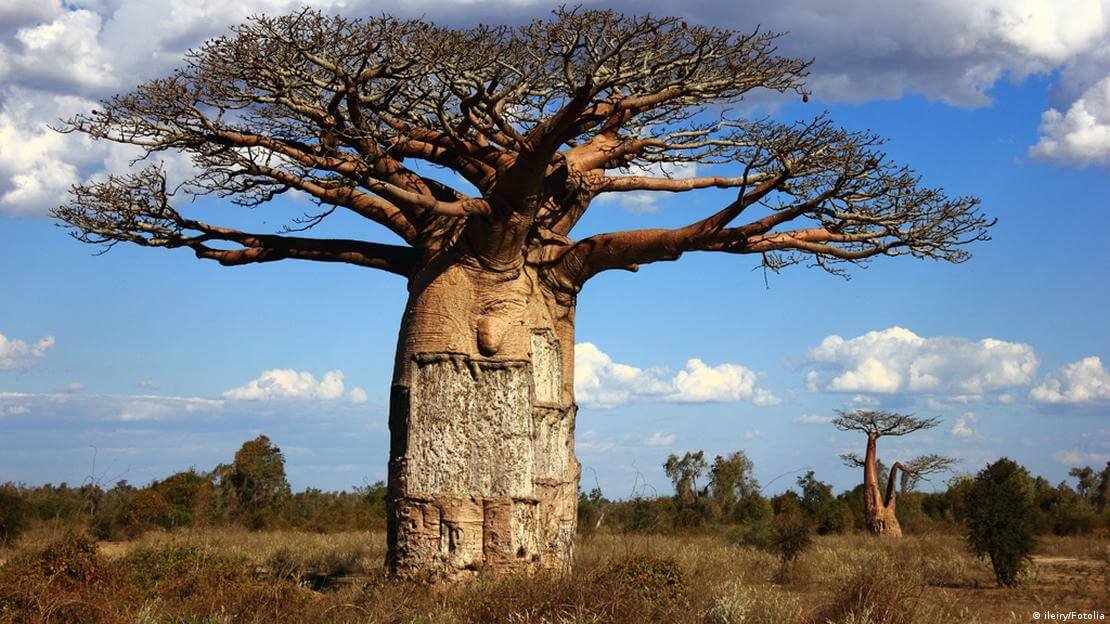
- Baobabs are tall trees with wide trunks and compact tops.
- People call them the “upside-down tree” because of their unusual appearance.
- It is called “Tree of Life” because they can store lots of water in their trunks.This helps them survive in dry areas and produce fruit even in tough times.
- Baobabs have been around for millions of years, even before humans and continents separated.
- Baobabs are native to the African continent.
- There are nine kinds of baobab trees. Most are in Africa and Madagascar, with a few in Australia.
- In India, they’re found mainly in Mandu, Madhya Pradesh. Historically, the Bhil tribe has been responsible for preserving these trees.
- Baobab trees can live for thousands of years.
{Prelims – Envi – Species} Lavender
- Context(IE): Bhaderwah, a town in Jammu and Kashmir, has emerged as the Lavender capital of India.
- According to officials, more than 700 acres of farmland have been brought under lavender cultivation in the area since 2017.
- Farmers in Bhaderwah are shifting from traditional maize crops to lavender cultivation.
- The crop was introduced to Bhaderwah by the Council Of Scientific and Industrial Research-Indian Institute of Integrative Medicine (CSIR-IIIM), Jammu, in 2015.
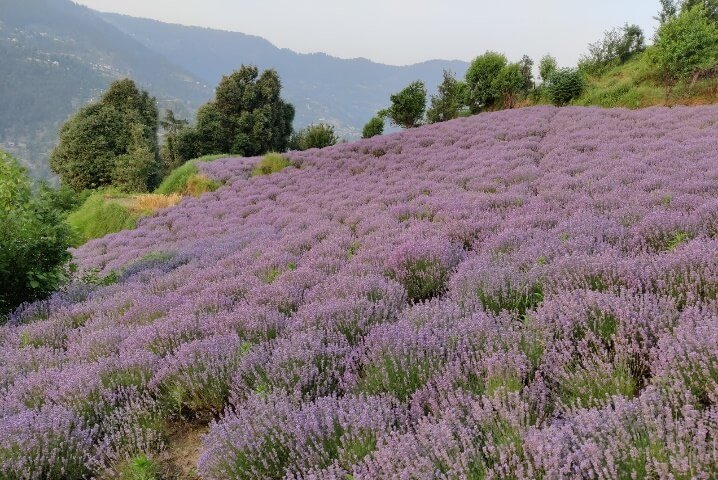
About Lavender
- Lavenders are small evergreen shrubs.
- They are native to the Mediterranean.
- Its flower and oil have a popular scent and are also used as medicine.
- In 2015, lavender cultivation was introduced in Jammu under the CSIR’s Aroma Mission.
- Lavender can thrive in areas with snowfall and hilly terrain.
- It is ready for harvesting around two and a half years after planting.
- A single lavender plant can produce flowers for 18-20 years.
- They are used for producing oil, perfumes, soaps, agarbatti, and room fresheners.
- Lavender cultivation requires fewer insecticides, pesticides, and chemicals compared to crops like maize and paddy.
- Concern: The price of lavender oil has sharply declined. It’s currently around Rs 2,500-3,000 per litre. A few years ago, it was Rs 12,000 per litre. The price drop has been attributed to the import of oil from Bulgaria, France and China by buyers elsewhere in India.





![PMF IAS Environment for UPSC 2022-23 [paperback] PMF IAS [Nov 30, 2021]…](https://pmfias.b-cdn.net/wp-content/uploads/2024/04/pmfiasenvironmentforupsc2022-23paperbackpmfiasnov302021.jpg)
